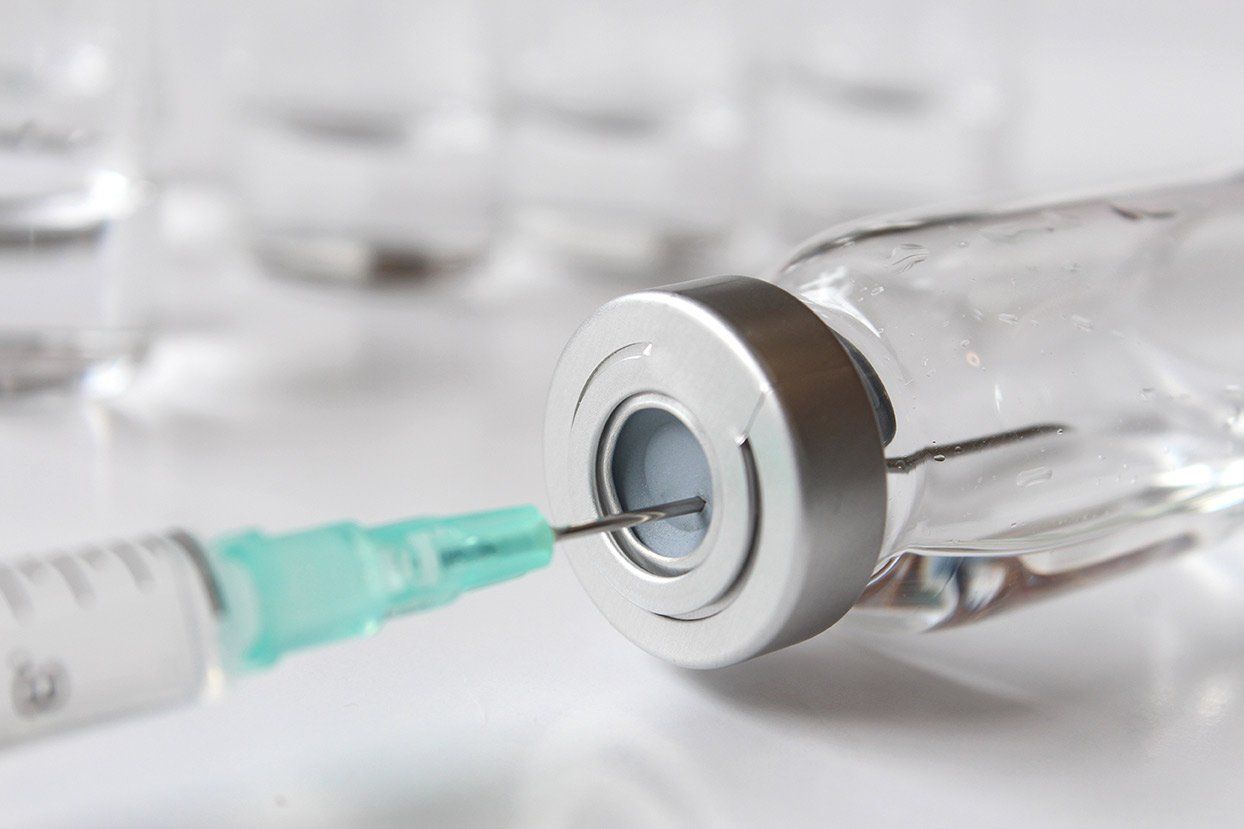Blog Layout
Why Drug Hikes Don't Equate to Pharmacy Profits
How Pharmacists are getting paid less to do the same or more work
From 2009 to 2015, 9,654
pharmacies closed or were acquired by chain "big-box" pharmacies around the USA. One in four
rural pharmacies closed down compared to one in nine suburban territories. Not all but most of these were dedicated pharmacists who only had the best interest of their patients each day.
These articles are not meant to place the blame on any one person in healthcare, because we all must bare the responsibility. Pharmacy owners didn't adapt, Pharmacy Benefit Managers (PBMs) took advantage, Health Plans let it all happen with rebate promises, and Pharmaceutical Manufacturers allowed for a bidding war to occur inflating their prices and leading drug choice be based on price and not efficacy. We're all to blame, so let's stop blaming one another and figure this all out together.
The easiest way for us to work together is to share information from each viewpoint on the struggles and possible solutions. This way we can have a collective approach instead of remaining as outspoken lone wolves trying to survive.
Let's first look at the cost of drugs and why they don't help pharmacies unless you're owned and/or affiliated with a PBM.
The United States' national inflation rate is 1.5 to 2.5%
each year. Brand name drugs rise from 7% to 13%
each year. Hourly wages increase approximately 3% to 4% each year. In 2019 alone, 3,400 drugs raised their prices.
Let's see why pharmacies are making less on the same drugs they handled last year even though the drug prices have risen.
Self Injection Example
The previous year a self-injection produced $3,000 of revenue for a pharmacy per patient per month. If the rate of inflation applied to drugs, the following year the drug would cost $3,075. However, with a 10% drug price hike, it's now $3,300.
First thing to address, is that this is the same drug as last year. No new formulations, so already we have an ethical conflict in the eyes of the pharmacist.
Now who benefits from this price hike?
Specialty Pharmacies would love to see a 7% profit margin in specialty prescriptions but that high of a profit is only seen when the pharmacy has a preferred mail order pharmacy rate. Most independents make 1.5% to 4% on their specialty drugs. So, let's keep with the same drug price above.
If the drug now produces $3,300 in monthly revenue, the pharmacy with a 4% margin should make $132. Remember that doesn't include paying for salaries, the lights, electricity, and so on and so forth. Now, each pharmacy has their own unique way of managing those operational costs, so let's not get caught in the weeds.
Here's where it gets tricky. From the Pharmacist's viewpoint, they should have $132 for that drug right? Wrong. The PBM and Health plan have established a higher rebate for this drug this year while having the pharmaceutical manufacturers participate in a bidding war. The highest bidder for rebates wins. Why? The rebates go back to plan, and the higher the rebates, the more likely the PBM keeps the plan's contract
So the real profit line for the pharmacy is now 3.1% to 3.3% or only $102 to $109. The previous year at 4% for $3,000 was $120. So the pharmacy is now making $18 less for the same drug they dispensed last year, and the Health Plans and PBMs are making more 0.7% to 0.9% more per dispense.
These blog posts are meant to explore drug pricing, patient care, access, and pharmacy services from a wide range of statistical and professional viewpoints. We welcome your comments based upon facts below.
Thank you.
General Request Form
Thank you for contacting us.
We will get back to you as soon as possible.
We will get back to you as soon as possible.
Oops, there was an error sending your message.
Please try again later.
Please try again later.
Navigating Healthcare with Dolphin
Dolphin Health Pharmacy is an independently owned specialty pharmacy in Oakland, CA, providing prescription management for patients with complex or chronic conditions.
CONTACT
(510) 638-7590
© 2024
Dolphin RX | All Rights Reserved.


